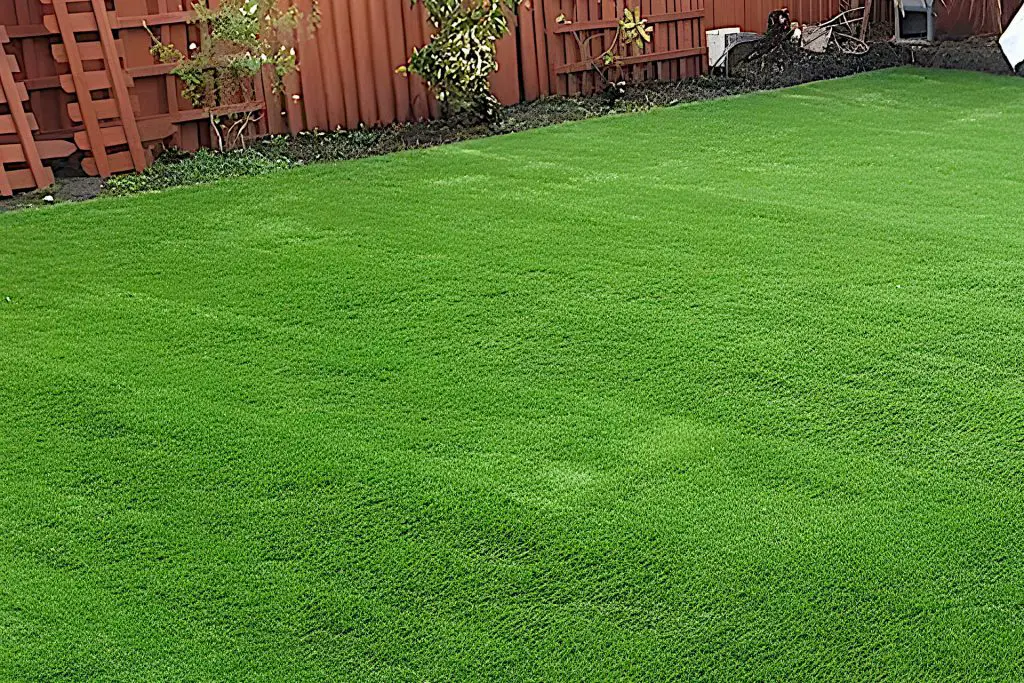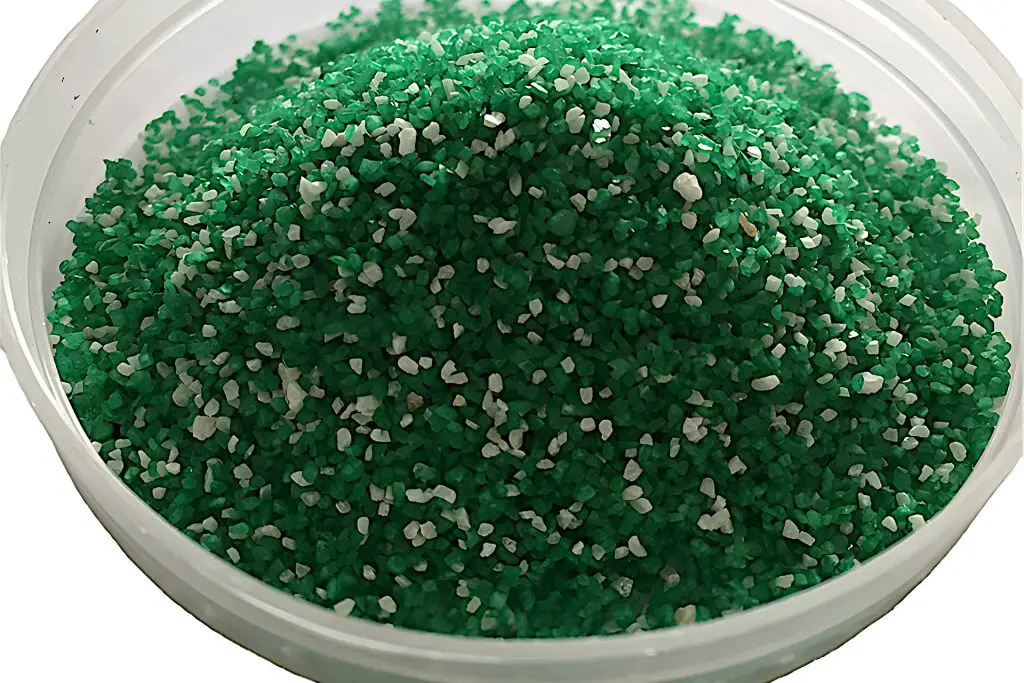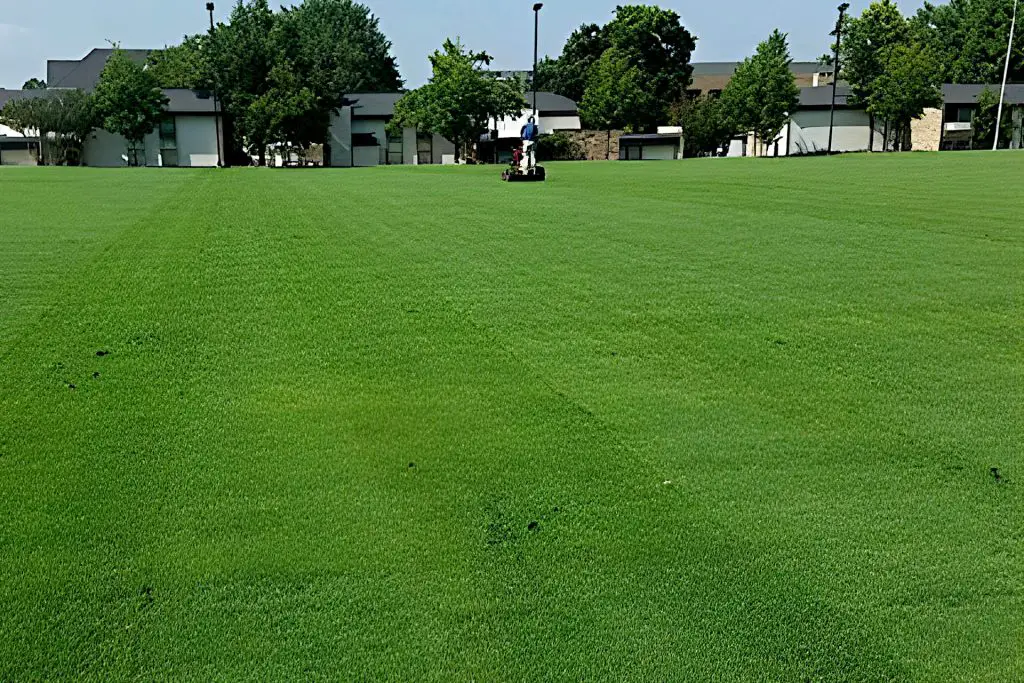What Kind of Sand Do You Use for Artificial Grass? Sand for Artificial Grass
Gardening Latest and its partners may earn a commission if you purchase a product through one of our links.
The most common type of sand used as infill for artificial grass is silica sand. It differs from normal sharp /regular sand in that it is at least 95% silicon dioxide. This results in a finer granule that has more rounded edges. You can purchase silica sand that is specifically for use with artificial turf. This sand is graded, generally treated to fight bacteria, and is often colored.
Infill serves several purposes and can differ depending on use. It may appear innocuous, but it plays an important role in the appearance, maintenance, and performance, of artificial turf.
Sand is one of the most popular types of infill. Not only is it a reasonably cost-effective solution it has a number of benefits that other infill types don’t have. These properties, in many use cases, make sand infills often the most suitable option.
Should you put sand on artificial grass?

Most artificial turf products will require an infill after the artificial turf has been laid, with silica sand being one of the most commonly used.
Infill is the material that sits between synthetic grass blades and has various different purposes. Its main job is to hold and return the synthetic fiber blades to an upright position after pressure has been applied. This avoids them from becoming matted and laying flat.
All infills serve this purpose but the eventual choice of which infill you will use will often come down to the function of the artificial turf surface. If the surface is a sports field you are more likely to choose a rubber infill. In a domestic setting and many crossover applications for artificial turf, the way the turf is used is very different. Aesthetics are important as is the ability for the surface to remain clean and hygienic and cope with family use. In this case, silica sand is often the best choice for use as an infill.
Sand for Artificial Grass: Types of Silica Sand Used
There are various grades of silica. These grades are determined by the width of the silica granules and correspond to the size of the grading sieve holes.
To be effective, infill must settle in an even fashion on the artificial turf’s base. Different silica sizes are used depending on the face rate of the synthetic fiber on your base. The greater the gauge (essentially wider the row gaps) of the turf and the lower the face rate, the bigger the grade of silica infill required for the infill to work effectively.
Washed Regular Sand
Much the cheapest option is the use of washed regular sand. Although attractive in terms of price it has a considerable number of drawbacks. Regular sand isn’t rounded in the same way that specially produced silica is. This can have several detrimental effects. These include:
- It can lead to fiber damage caused by granules’ sharp edges,
- it can become a bacteria trap,
- it can clump together, and
- it tends to degrade faster meaning it has to be replaced more regularly.
In reality, these drawbacks make using regular sand a poor choice and really should only be considered if there are budget constraints.
Using Silica

When using silica that has been processed for use with artificial turf almost all the drawbacks associated with regular sand are eliminated. Silica is high-quality sand that is made up of at least 95% silicon dioxide (SiO2). It is created through the erosion of quartz providing a more rounded granule.
Silica sand used for artificial turf infill is graded. The sand is passed through various sieves to get a consistent granule size, with different sizes suiting different synthetic grass densities. Once these granules have been graded they are then processed and treated with various chemicals to enhance their ability to remain clean and bacteria-free. The granules are then often colored to match the most popular colors of artificial turf, blending in and enhancing the aesthetic look of the surface
Treated Silica with Microban
Superior grades of silica infill are treated with Microban™. The Microban coating is a special protective acrylic coat that protects against germs and microorganisms that can reduce offensive odors, stains, and other issues that can impact the structural integrity of the artificial turf.
In addition to making the turf a more family-friendly environment, using treatments like Microban is likely to increase the longevity of the artificial turf surface.
Benefits of Using Silica on Artificial Turf
There are a considerable number of benefits to using silica as your artificial turf infill. There are both functional and aesthetic benefits to doing so.
The Sand Acts as Ballast
The weight of the infill serves a secondary structural purpose and that is to provide ballast to the mat/base of the artificial turf. This is significant because artificial turf bases can experience expansion and contraction as a result of changes in temperature. If this happens it is possible for the base to be pushed to the point where it wrinkles or rides up in certain areas.
This can be a particular problem when artificial grass is installed on top of a base that is impermeable, such as a surface made of concrete where the only means of securing the base is through using specially developed glues or tapes.
Compared to other infills, because it is heavier, sand and silica can provide better ballast to help keep the artificial turf base securely fastened to the substrate it is laid on.
Improves the Longevity of The Artificial Turf
As we have determined, infill is crucial to making the synthetic grass fibers remain in an upright position. Unlike traditional turf, synthetic grass fibers do not have natural properties that allow the grass blade to right itself. This can cause the blades to matt which over time can damage the fibers, reducing the lifespan of the surface.
Improved Artificial Turfs’ Fire Rating
Its ability to simulate the behavior of real grass in an indoor environment is one of the many reasons why artificial turf is preferred over the real thing. However, in order for the product to be used indoors, it is necessary to have a number of different safety certificates, the most essential of which is a fire rating certificate.
In general, artificial turf is given a Class two rating, which is suitable for use outside but does not meet the requirements for use indoors. However, the fire rating can be altered to Class 1 by putting the appropriate sort of infills, such as sand or silica infill. This makes the material suitable for usage inside.
Helps with Drainage
Besides rainfall, artificial grass actually needs quite a bit of water. The turf needs water not only to help keep it clean but also needs water to keep it cool in the summer months as synthetic grass has a propensity to retain and radiate heat.
The water required to bring the surface temperature back down to that of natural grass can be quite substantial. As such drainage becomes important. Sand infills such as silica are great for drainage.
The silica sand infill serves as a filter when watering heavily or during intense rain. This filtering effect helps to control the amount of water that will permeate through to the artificial turf base, slowing the amount of water down and preventing the base from flooding.
Health Benefits
There are a number of question marks about possible health issues that hang over types of infill such as rubber pellets. Sand infills have an advantage in that they do not have the same issues attached which might be important for peace of mind.
In domestic and family environments the hygienic properties of treated silica are particularly important. They offer increased protection against bacteria and germs making it an ideal choice for domestic artificial turf lawns.
How do you add sand to artificial turf?

When applying sand infill to artificial turf it must be done so evenly. If you don’t initially apply the silica evenly you will find it incredibly difficult to level once the silica has settled between the synthetic grass fibers.
In order to ensure that the sand is distributed uniformly into the artificial grass surface, you will need to use a drop spreader. A drop spreader is a tool that consists of a trough and a gradual release mechanism. They come in various types from hand-pushed versions to machine-mounted and tractor-mounted versions. They allow accurate and even spreading of the infill over the turf.
If you are applying the infill yourself you should be able to buy a drop spreader from farm and garden machine specialists, online or be able to hire them from most good plant hire shops.
To apply the sand, after making sure it has been kiln-dried, use the drop spreader to make several passes layering the sand over the whole area before brushing into the fibers with a rotary brush. This should ensure the most uniform distribution of the infill for the artificial turf is achieved.
How much sand do I need for artificial turf?
In general, the amount of infill that is required for use on artificial turf will depend on two different criteria. The density of the synthetic grass sewn into the base and the use for which the artificial turf is intended.
In terms of domestic use, it is a little easier to work out as the surface is unlikely to receive the same intensity of traffic that a sports field might encounter. Assuming that a reasonable density of turf has been laid, then a pound per square foot of silica should be adequate for most domestic artificial lawns.
For commercial applications, such as sports fields, the amount of silica that would be required is far more. Each project and use case is likely to be very different and so it is difficult to generalize but you would probably be looking at two to five or more pounds per square foot of silica.
Summary: What kind of sand do you use for artificial grass?
There are various different types of sand for artificial turf that are available. Although you can use washed regular sand it is far better to look to silica as your choice. Silica removes the drawbacks that come with regular sand, albeit at a higher cost.
Beyond the choice of the type of sand, there are enormous benefits to using silica for your artificial turf infill, in particular, the aesthetics it provides to your turf installation together with better drainage. It can help with both fire certification and stabilize the installation. It is without doubt, particularly in domestic use cases, or on child-based installations, one of the best infill options currently available.
